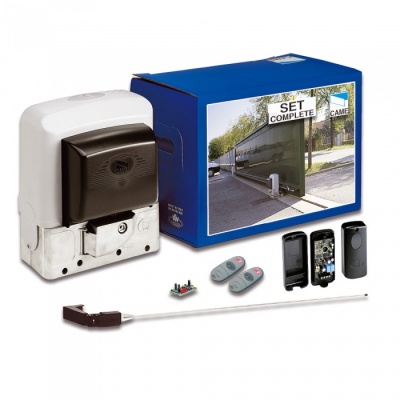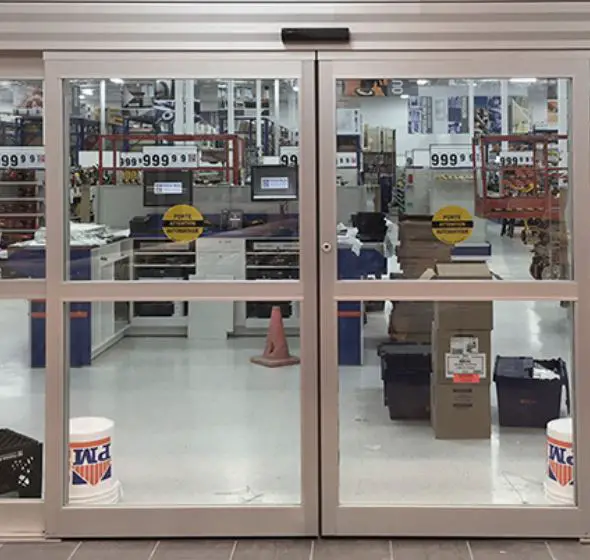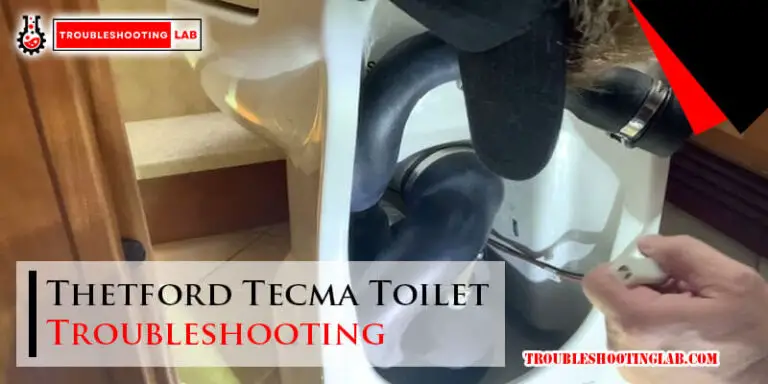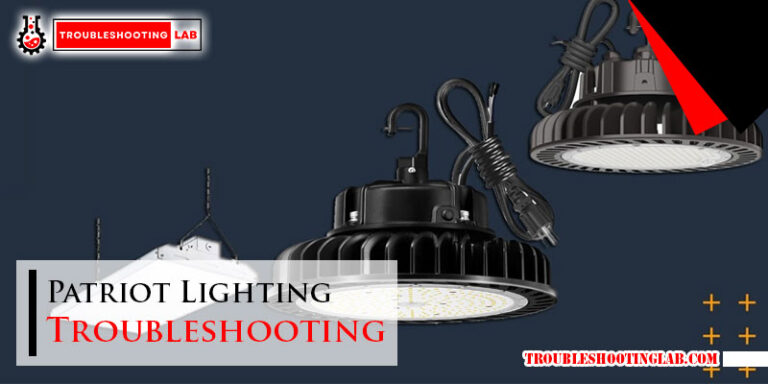Came Sliding Gate Motor Troubleshooting: Quick Fix Guide
Is your Came sliding gate motor giving you a hard time? You’re not alone.
A malfunctioning gate motor can be frustrating, especially when it disrupts your daily routine or compromises your home’s security. The good news? Most issues can be resolved quickly with the right troubleshooting steps. In this guide, you’ll discover simple, actionable tips to identify and fix common problems with your Came sliding gate motor.
Stick around—you might just save yourself the hassle (and cost) of calling in a technician. Let’s get that gate moving again!

Credit: www.knowledgebase.egates.co.uk
Common Motor Issues
When your Came sliding gate motor isn’t functioning as it should, it can be frustrating and inconvenient. Understanding the common issues can help you identify and resolve problems quickly. Let’s look at some of the most frequent motor troubles and how you can troubleshoot them effectively.
Motor Not Responding
If your motor isn’t responding at all, the first thing to check is the power supply. Is the motor connected to a working power source? A tripped circuit breaker or a loose connection could be the culprit.
Next, inspect your remote or control panel. Weak batteries or a malfunctioning transmitter may be the issue. Try replacing the batteries or manually operating the gate to see if it responds.
Still nothing? Examine the motor’s fuse. A blown fuse can stop the motor from functioning entirely. Replace it with a fuse of the same rating and test again.
Unusual Noises
Is your motor making grinding or squeaking sounds? These noises often indicate mechanical wear or a lack of lubrication. Check the gears and rails for dirt, rust, or damage.
Clean the affected parts and apply a suitable lubricant to reduce friction. Avoid using excessive grease, as it can attract dirt and cause further problems.
If the noise persists, inspect the motor’s internal components. Worn-out bearings or loose bolts may need tightening or replacement. Always turn off the power before opening the motor housing.
Gate Moving Slowly
A sluggish gate can be irritating, especially when you’re in a rush. Check for obstructions on the gate’s track. Even small debris can slow down the motor.
Inspect the motor’s settings. Some models have speed controls that might have been accidentally adjusted. Reset to the recommended speed and observe the gate’s movement.
Lastly, test the motor’s power supply. A low voltage might not provide enough energy for smooth operation. Use a multimeter to confirm the voltage and call a technician if needed.
Intermittent Operation
Does the motor work sometimes but not always? This could indicate an issue with the wiring. Inspect the cables for signs of wear or loose connections, especially near the motor.
Interference from other devices can also disrupt your gate’s operation. If you recently added new electronics to your home, try switching them off to see if the issue resolves.
Another potential cause is overheating. If the motor feels hot after use, give it time to cool down. Continuous overheating may require professional assessment.
Have you faced any of these issues before? Troubleshooting can feel like a challenge, but often it’s about identifying small, fixable problems. Don’t hesitate to seek professional help if the problem persists or feels beyond your expertise.

Credit: device.report
Checking Power Supply
When your Came sliding gate motor stops working, the first thing to investigate is the power supply. Without a stable and consistent power source, the motor simply cannot function properly. By systematically checking the power supply, you can identify and resolve issues quickly, ensuring your gate gets back to operating smoothly.
Inspecting Power Connections
Start with the basics—are all the wires securely connected? Loose or corroded connections can disrupt power flow. Look inside the control panel and check for any signs of wear or burnt wires.
Use a flashlight to inspect hard-to-see areas, especially if your motor is installed outdoors. If you notice disconnected cables, reconnect them firmly. Replacing visibly damaged wires is crucial to avoid safety risks.
Testing Voltage Levels
Grab a multimeter to measure the voltage coming into the motor. This will tell you if the motor is receiving enough power to operate. Ideally, the voltage should match the specifications in your motor’s manual.
If the reading is too low, check if the circuit breaker has tripped or if there’s an issue with your home’s electrical supply. Sometimes, voltage fluctuations can stem from external sources, like construction work nearby.
Resetting The System
A simple reset can solve many power-related issues. Turn off the power supply to the motor for a few minutes, then switch it back on. This process allows the system to refresh and clear any temporary glitches.
Check your manual for instructions on performing a reset specific to your Came motor model. After resetting, test the gate by opening and closing it to ensure it’s functioning normally.
Have you ever solved a gate motor issue by tweaking the power supply? It’s surprisingly empowering to troubleshoot on your own. If you’re still stuck, it could be time to call in a professional. But at least you’ll know you’ve covered the basics first!
Remote Control Problems
Remote control issues with your Came sliding gate motor can be frustrating. A malfunctioning remote often disrupts your daily routine, leaving you stuck outside or inside. Thankfully, most remote control problems are easy to fix with a bit of troubleshooting.
Battery Replacement
The simplest issue could be a dead battery in your remote. Remote batteries don’t last forever, and they often fail without warning. If your gate motor isn’t responding, check the battery first.
Open the battery compartment on your remote. Replace the old battery with a new one of the same type. Make sure the battery is seated properly, and then test the remote. Many users overlook this step, but it’s often the quickest fix.
Keep spare batteries at home. This ensures you’re not left stranded when the battery dies unexpectedly.
Reprogramming The Remote
Sometimes, the remote loses its programming. This happens after a power outage or if the remote is accidentally reset. If your remote isn’t working even with a fresh battery, reprogramming might be the solution.
Refer to your Came gate motor’s user manual for reprogramming instructions. Typically, you’ll need to press a specific button on the motor control panel while holding a button on the remote. This syncs the remote with the motor again.
If you’ve misplaced the manual, look for guides online. Many manufacturers offer step-by-step videos to help users reprogram their remotes quickly.
Signal Interference Solutions
Signal interference can disrupt communication between the remote and gate motor. Devices like Wi-Fi routers, baby monitors, or even nearby gates can block the signal. If your remote works intermittently, interference might be the cause.
Move closer to the motor and test the remote. If it works better up close, interference is likely the issue. Try changing the angle from which you use the remote to minimize signal blockages.
In severe cases, you may need to change the frequency of your remote and motor. Consult a professional if this step feels too technical.
Troubleshooting your remote doesn’t have to be overwhelming. Start with these simple solutions and save yourself the hassle of unnecessary repairs or replacements. What’s the most unusual remote issue you’ve encountered? Share it in the comments below!

Credit: www.onlinesecurityproducts.co.uk
Sensor And Safety Device Issues
Sensors and safety devices are vital for your Came sliding gate motor. They ensure the gate operates safely and efficiently. Problems with these components can disrupt the motor’s functionality. Addressing these issues promptly can prevent further damage and keep your gate running smoothly.
Dirty sensors, misaligned safety beams, or faulty detection systems often cause malfunctions. These problems are usually easy to identify and fix with basic tools. Below are some troubleshooting steps for resolving sensor and safety device issues.
Cleaning Photoelectric Sensors
Photoelectric sensors detect obstacles and prevent accidents. Dirt, dust, or debris can block their signals. Start by turning off the power to your gate motor. Use a soft, dry cloth to clean the sensor lenses gently. Avoid using harsh chemicals that might damage the surface. Ensure both the transmitter and receiver are free from obstructions. Once clean, test the gate to see if the problem is resolved.
Realigning Safety Beams
Misaligned safety beams can cause the gate to stop or reverse unexpectedly. Check if both beams are pointing directly at each other. Use a spirit level to ensure they are perfectly aligned. Adjust the brackets holding the beams until they align correctly. Tighten the screws to secure their position. After realignment, test the gate to confirm proper operation.
Testing Obstacle Detection
Obstacle detection ensures the gate stops or reverses upon contact. To test this feature, place a soft object in the gate’s path. Activate the gate to see if it responds correctly. If the gate doesn’t stop or reverse, inspect the sensors and safety devices again. Replace any faulty components to restore the detection system. Regular testing helps maintain the safety of your gate system.
Track And Roller Maintenance
Regular maintenance of your sliding gate’s track and rollers is essential. It ensures smooth operation and prevents unexpected issues. Dirt, grime, and wear can affect the system’s efficiency. Keeping the tracks and rollers clean and well-maintained can save time and money.
In this section, we’ll discuss how to handle debris, lubrication, and wear. Following these steps can help extend the lifespan of your gate motor. Let’s dive into each aspect.
Removing Debris From Tracks
Debris in the tracks can hinder the gate’s movement. Use a soft brush or cloth to clear dirt, leaves, or stones. Avoid using sharp tools that might damage the tracks. Make it a habit to check the tracks weekly. Clean them thoroughly to ensure uninterrupted operation.
Lubricating Rollers And Hinges
Proper lubrication reduces friction and ensures smooth sliding. Use a silicone-based lubricant for the rollers and hinges. Avoid oil-based products as they attract dust and dirt. Apply the lubricant sparingly to prevent buildup. Ensure all moving parts are adequately greased.
Checking For Wear And Tear
Inspect rollers and hinges for signs of damage or wear. Worn-out parts can cause the gate to stick or wobble. Look for cracks, rust, or uneven movement. Replace damaged components promptly to maintain efficiency. Regular checks can help detect issues early and prevent costly repairs.
Motor Overheating Fixes
Dealing with an overheating sliding gate motor can be frustrating, especially when it stalls at the worst possible time. But don’t worry—this is a common issue with straightforward fixes. Let’s dive into specific steps you can take to get your motor running smoothly again and prevent future overheating.
Allowing Cooling Time
One of the simplest solutions is to let the motor cool down. If your gate is operating frequently in a short period, the motor might be working harder than it should, causing it to overheat. Turn it off for 20–30 minutes and test it again.
Consider whether the motor is being overused. For example, are you opening and closing the gate repeatedly during a busy time? If so, space out operations to give the motor time to cool naturally between uses.
Inspecting Motor Ventilation
Poor ventilation can trap heat inside the motor, exacerbating overheating. Check the motor housing for dust, dirt, or debris that might block airflow. Use a soft brush or a vacuum to clean the vents carefully.
Also, verify that the motor isn’t installed in a cramped space. If it’s surrounded by other equipment or walls, relocate it or adjust the setup to improve airflow. A well-ventilated motor is less likely to overheat.
Reducing Operational Load
An overloaded motor works harder, which generates more heat. Check the sliding gate’s track for obstructions like leaves, stones, or bent rails that could create resistance. Clearing the track can ease the motor’s workload significantly.
Additionally, consider the weight of the gate. Is it heavier than what the motor is designed to handle? If yes, you may need to balance the gate better or upgrade to a more powerful motor. A properly matched motor will operate efficiently without overheating.
What’s your usual approach when your gate motor overheats? Share your experiences below and let’s troubleshoot together!
Control Panel Diagnostics
Understanding your Came sliding gate motor starts with diagnosing the control panel. This small box acts as the brain of your motor and is often the first place to look when things go wrong. Whether your gate refuses to budge or behaves erratically, control panel diagnostics can save you time and frustration.
Inspecting Wiring Connections
Loose or damaged wiring can cause your gate motor to malfunction. Open the control panel and check each connection carefully. Look for frayed wires, disconnected plugs, or signs of corrosion.
Grab a screwdriver and ensure all screws holding the wires are tight. A loose wire can disrupt the motor’s operation. If you notice damaged wires, replace them immediately to avoid further issues.
Ask yourself: Have you recently had electrical work done? Sometimes external changes can affect your gate’s wiring. A quick inspection can reveal surprises.
Resetting Control Panel Settings
Sometimes your control panel just needs a fresh start. Locate the reset button on the panel—it’s often small and labeled clearly. Press and hold it for a few seconds to reset the settings.
Resetting can resolve software glitches or operational hiccups. Make sure to note any custom settings beforehand, as the reset will return everything to factory defaults.
If your gate starts working after the reset, you’ve likely solved the problem. But if issues persist, it could point to deeper faults in the system.
Updating Firmware
Outdated firmware can cause compatibility issues. Check your manufacturer’s website for firmware updates specific to your model. Download the latest version onto a USB stick if the control panel supports it.
Follow the instructions in your user manual to install the update. Firmware updates often fix bugs and enhance performance, making them an essential troubleshooting step.
Not sure if your firmware is outdated? Compare your current version with the latest one listed online. Keeping your software up-to-date can prevent future headaches.
Control panel diagnostics might seem intimidating at first, but it’s a straightforward process. With a little patience and attention to detail, you can troubleshoot most issues and keep your sliding gate motor running smoothly.
Professional Help Indicators
Sliding gate motors by Came are reliable, but issues can happen. Minor problems are easy to fix with basic troubleshooting steps. Yet, certain situations demand professional intervention. Knowing when to call an expert ensures your gate works safely and efficiently.
When Repairs Aren’t Effective
Repeated attempts to fix the motor may not solve the problem. Persistent issues like erratic movement or strange noises signal deeper concerns. Temporary fixes can lead to more damage over time. Professional help ensures the root issue is addressed properly.
Identifying Major Hardware Failures
Major hardware problems often require specialized knowledge. Burnt circuits, damaged gears, or worn-out sensors are common failures. These issues are hard to resolve without proper tools and expertise. Ignoring hardware faults can compromise the gate’s functionality.
Choosing A Qualified Technician
Not all technicians are skilled in Came gate motors. Look for professionals with experience in gate automation systems. Check for certifications and reviews to verify their expertise. A qualified technician ensures repairs are accurate and long-lasting.
Conclusion
Troubleshooting a sliding gate motor can feel challenging, but it’s manageable. Start by inspecting common issues like power supply, sensors, or obstructions. Regular maintenance helps prevent major problems and keeps your gate running smoothly. Always follow the manufacturer’s instructions for repairs or adjustments.
If the problem persists, consult a professional to avoid further damage. A well-functioning gate motor ensures convenience and security for your property. Take small steps to address issues early and ensure long-term reliability. Keeping your gate in top condition doesn’t have to be overwhelming.
Stay proactive and enjoy a hassle-free sliding gate system.






